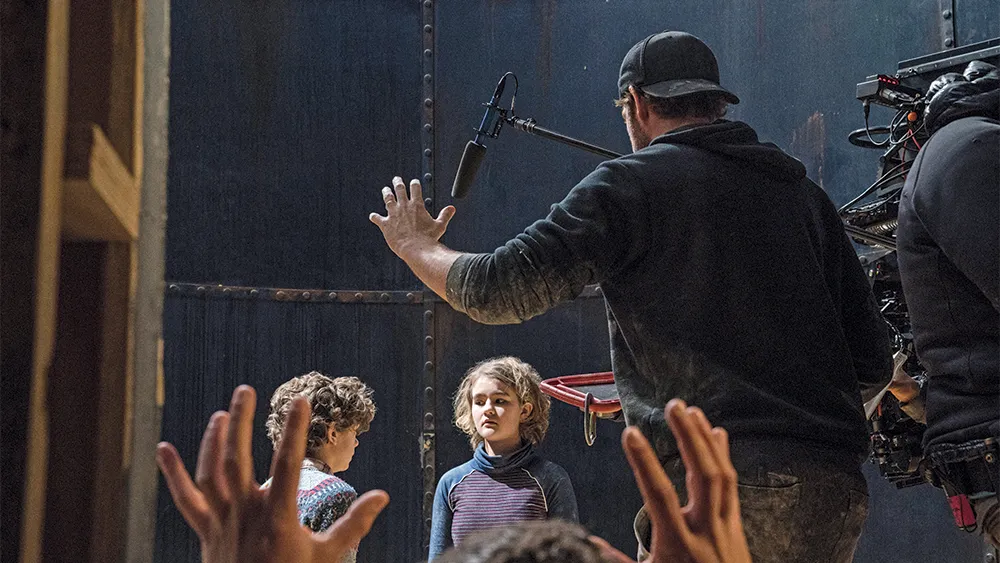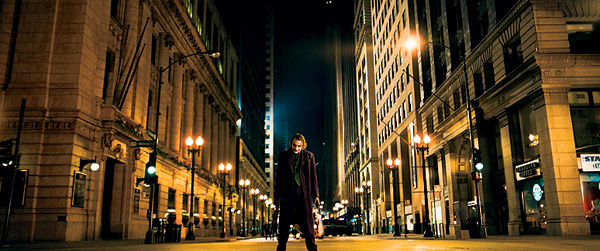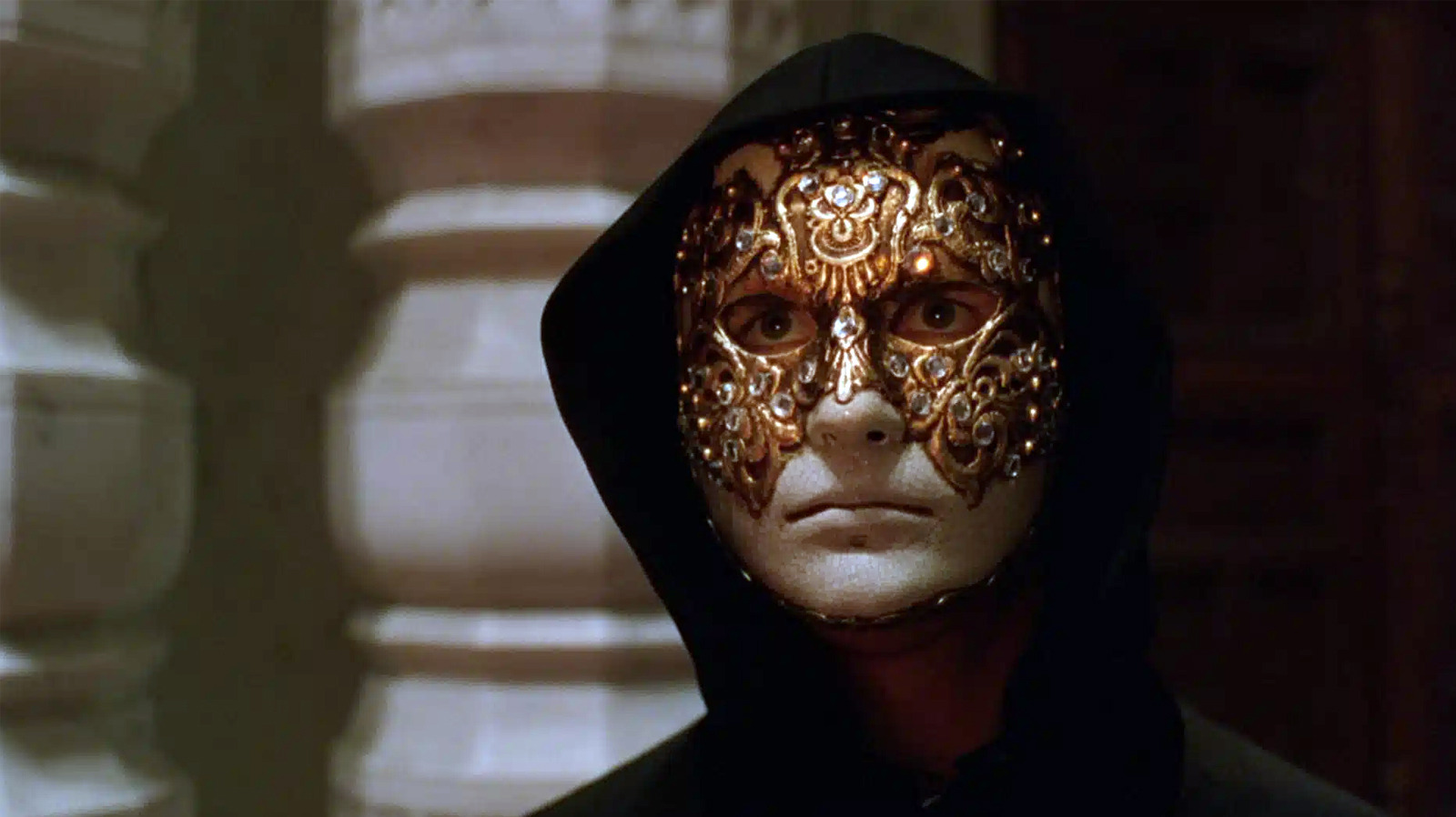In John Krasinski’s A Quiet Place, silence wasn’t just a storytelling device—it was a character. Behind the scenes, the film’s sound design team meticulously crafted an audio landscape where even the faintest whisper could trigger suspense. Supervising sound editors Erik Aadahl and Ethan Van der Ryn used an innovative blend of ambient noise, human frequency mapping, and sonic contrasts to build tension without relying on traditional horror cues. This approach demanded precision and a deep understanding of how audiences emotionally respond to sound—or the absence of it.
The most striking choice was the use of dynamic silence from the perspective of Regan, the deaf daughter. Played by real-life deaf actress Millicent Simmonds, Regan’s scenes cut out audio entirely, forcing viewers into her vulnerable world. This auditory shift wasn’t just empathetic; it was strategic. The contrast between her silence and the world’s deadly quiet heightened every creak, breath, and footstep, making the horror feel intimate and inescapable.
What many don’t realize is that A Quiet Place had more sound edits per minute than many action films. Every sonic detail—like leaves rustling or a dropped toy—was built and layered in post-production to create dread. The film’s success proved that sound, when wielded with care and creativity, can be more terrifying than any visual jump scare.





